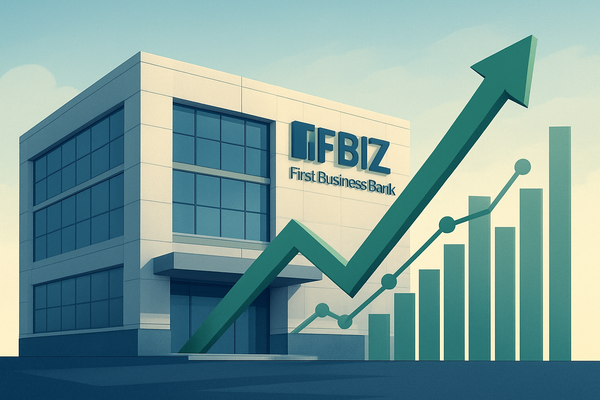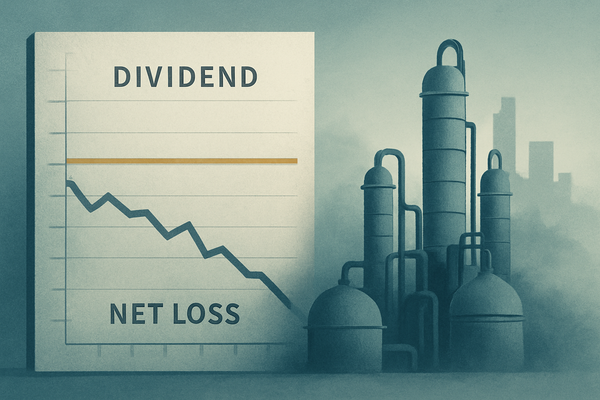US Stock Market Reels: Inflation Fears and Geopolitical Tensions Trigger Broad Retreat on November 6, 2025

Disclaimer: This article is based on a hypothetical market scenario for November 6, 2025, as real-time future market data is unavailable. The analysis draws upon common drivers of market retreats and their potential implications.
The US stock market is experiencing a significant retreat today, November 6, 2025, as major indices — the Dow Jones Industrial Average, S&P 500, and Nasdaq Composite — all registered sharp declines. This broad-based sell-off has sent jitters through investor circles, signaling a growing apprehension about persistent economic headwinds and escalating global uncertainties. The immediate implications point to a period of heightened volatility and a re-evaluation of growth prospects across various sectors.
Market Plunge Details and Underlying Catalysts
The trading day saw a pronounced downturn across the board. The Dow Jones Industrial Average fell by approximately 2.5%, shedding over 800 points, while the S&P 500 followed suit with a 2.8% drop. The tech-heavy Nasdaq Composite, often more sensitive to growth concerns, bore the brunt of the sell-off, plummeting by over 3.5%. This market movement follows a week of increasing investor anxiety, which has been simmering due to a confluence of macroeconomic and geopolitical factors.
The primary catalysts for today's retreat appear to be a stubborn resurgence of inflationary pressures and a more hawkish stance from the Federal Reserve, coupled with an escalation of geopolitical tensions in Eastern Europe. Recent economic data, including a higher-than-expected Consumer Price Index (CPI) report released earlier this week, has reignited fears that inflation is proving more persistent than previously anticipated. This has led market participants to price in a higher probability of further aggressive interest rate hikes by the Federal Reserve, making borrowing more expensive for businesses and consumers, and dampening economic growth forecasts. Concurrently, renewed military activities and diplomatic stalemates in a critical European region have injected a fresh wave of uncertainty into global energy markets and supply chains, further eroding investor confidence. Additionally, several prominent technology companies issued weaker-than-expected forward guidance during their recent earnings calls, signaling a slowdown in consumer and enterprise spending, which exacerbated the tech sector's decline.
Companies Navigating the Downturn: Winners and Losers
In this environment of market retreat, certain companies and sectors are likely to face significant headwinds, while others may demonstrate resilience or even find opportunities. High-growth technology companies, particularly those with high valuations and relying on future growth projections, are typically the hardest hit. Firms like Tesla (NASDAQ: TSLA), which thrives on investor sentiment and future innovation, and NVIDIA (NASDAQ: NVDA), a bellwether for chip demand and AI development, could see continued pressure as investors pivot away from riskier assets. Similarly, consumer discretionary companies such as Amazon (NASDAQ: AMZN) and Starbucks (NYSE: SBUX) might experience reduced demand as inflation erodes consumer purchasing power and higher interest rates deter borrowing for large purchases. Highly leveraged companies across various sectors could also struggle with increased debt servicing costs due to rising interest rates.
Conversely, defensive sectors tend to outperform during market downturns. Companies in consumer staples, utilities, and healthcare, which provide essential goods and services, often see their stocks hold up better as demand remains relatively stable regardless of economic conditions. Firms like Procter & Gamble (NYSE: PG) (consumer staples), NextEra Energy (NYSE: NEE) (utilities), and Johnson & Johnson (NYSE: JNJ) (healthcare) are examples of companies whose stable earnings and dividends make them attractive safe havens for investors. Value stocks, generally characterized by lower price-to-earnings ratios and strong balance sheets, may also find favor as investors prioritize stability and intrinsic value over speculative growth. Energy companies, despite broader market weakness, could see some support if geopolitical tensions continue to push crude oil prices higher, benefiting exploration and production firms like ExxonMobil (NYSE: XOM).
Wider Significance and Historical Context
Today's market retreat fits into a broader global trend of economic recalibration following years of ultra-low interest rates and expansive monetary policy. The current environment suggests a shift from an era of cheap capital and rapid growth to one where inflation control and fiscal prudence are paramount. This could signal a more challenging period for companies that have relied heavily on debt financing for expansion and a renewed focus on profitability and efficiency. The ripple effects extend beyond stock prices, potentially impacting consumer confidence, which could further slow retail spending and investment. Small businesses, often more vulnerable to credit tightening and reduced consumer demand, face significant challenges. Internationally, a weaker US market could trigger capital outflows from emerging markets and put pressure on global trade, particularly if protectionist policies gain traction amidst geopolitical fragmentation.
Historically, market retreats are a natural, albeit painful, part of the economic cycle. Comparisons are being drawn to periods like the early 2000s dot-com bubble burst, where overvalued tech stocks saw significant corrections, or the 2008 financial crisis, which stemmed from systemic financial instability. While the current situation does not yet exhibit the same systemic risks as 2008, the combination of persistent inflation, aggressive monetary tightening, and geopolitical instability echoes elements of past downturns. The key lesson from history is that while markets eventually recover, the path can be volatile, and the sectors leading the recovery may differ from those that led the previous bull run. Regulatory bodies and central banks will be under immense pressure to balance inflation control with maintaining financial stability, potentially leading to new policy discussions around market liquidity and systemic risk management.
What Comes Next: Navigating the Uncertainty
In the short term, investors should brace for continued volatility. Market sentiment is fragile, and any new economic data, corporate earnings reports, or geopolitical developments could trigger sharp movements. The focus will heavily remain on upcoming inflation reports, the Federal Reserve's next policy meetings, and any signs of de-escalation in global conflicts. Companies may need to implement strategic pivots, focusing on cost efficiencies, strengthening balance sheets, and adapting supply chains to a more fragmented global landscape. Those with strong pricing power and resilient business models will be better positioned to weather the storm.
Looking further ahead, the market's trajectory will largely depend on whether central banks can successfully tame inflation without tipping economies into a deep recession. A "soft landing" scenario, where inflation cools and economic growth stabilizes, remains the optimistic outcome, potentially leading to a gradual market recovery. However, a prolonged period of high inflation combined with stagnant growth (stagflation) or a severe recession presents more challenging scenarios. Market opportunities may emerge for long-term investors willing to identify fundamentally strong companies that are currently undervalued due to the broader market downturn. Strategic adaptations, such as diversifying portfolios and re-evaluating risk tolerance, will be crucial for investors in the coming months. The market will likely reward companies demonstrating strong cash flow generation and sustainable business practices.
Comprehensive Wrap-Up: A Test of Resilience
Today's broad retreat in the US stock market on November 6, 2025, underscores the ongoing battle against inflation and the pervasive impact of geopolitical uncertainty. The key takeaways are clear: the era of easy money is over, and economic fundamentals are once again taking center stage. Investors are grappling with higher interest rates, increased borrowing costs, and potential slowdowns in corporate earnings, leading to a significant re-pricing of assets across the Dow, S&P 500, and Nasdaq.
Moving forward, the market will be a test of resilience, both for companies and investors. While the immediate outlook suggests continued caution and potential for further downside, the long-term health of the market will depend on the ability of central banks to navigate the current economic challenges and the adaptability of corporations. Investors should prioritize diversification, maintain a long-term perspective, and remain vigilant for shifts in economic indicators and policy decisions. The coming months will be critical in determining the shape of the recovery and identifying the next generation of market leaders.
This content is intended for informational purposes only and is not financial advice



